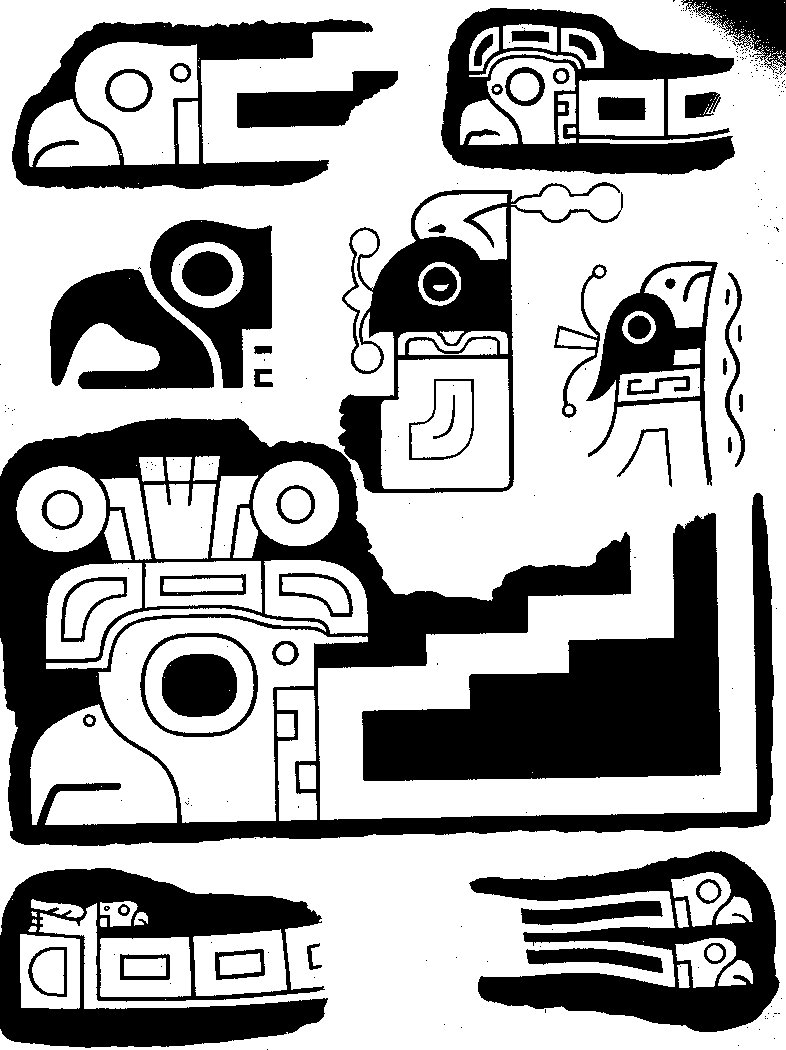|
"Primitive peoples who are, like all who live close to nature, extremely careful observers, tried to represent hierarchy and its various grades in the same way that they observed it among the animals. They noted the number of hierarchical degrees that existed among the latter and especially among the birds of prey. They observed the great respect and profound veneration showed by the condors to their leader, the 'Mayku' ... an ancient and venerable male condor whose head is adorned with an imposing crest; and this crest is, precisely, the origin of the crown in the ideology of the peoples of the Andes. These primitive peoples also observed that when a larger animal died in the field, no bird of prey, large or small, would dare to touch his already decayed body though it had reached the stage most attractive to them; rather they would wait patiently and at a distance for some days, without satisfying their gluttonous appetites or allaying their great hunger until the 'king condor' arrived. He was called by the natives 'Cunturi Mamani Mayku', a male condor, old and venerable, with his majestic crest-crown and with his plumage almost white with age. They could wait, as the author had occasion to observe a few years ago in the 'apacheta' of Quimza Cruz120 in the Cordillera Real of Bolivia. 120 A pass or defile in the Andes where the Indians collect stones out of devotion to one of their divinities, the mountain. After two 'Condores Hilacata'121 had inspected the ground from a great height, they withdrew until they could see the 'Mayku' come from afar with a majestic gliding flight, to present himself at the hideous feast. 121 'Chief spying condors' or scouts. After the ceremonious movement which he makes in the direction of the gathering, the 'Mayku' proceeds to devour the eyes, the tongue and the anus of the cadaver. Then, his appetite satisfied, he gives the signal of permission to the condors with a reeling movement of his body so that they, too, may satisfy their hunger. This they always do with regard to hierarchical order: first the males, then the females and the young. Finally, when all the categories of the condors are fully satisfied and they take to flight, it is the turn of the smaller birds of prey such as eagles, falcons, vultures, etc., who consume the remains, always with regard to hierarchical order, as in the case of the condors." (Posnansky)  |